Die Plant Philharmonic ist eine Sammlung vielfäl- tiger Pflanzenklänge, die mithilfe verschiedener technischer Verfahren von KlangkünstlerInnen, bio- akustischen Laboren und WissenschaftlerInnen auf- genommen wurden. Im vergangenen Jahr forsch- te Elisabeth Schilling sowohl zu direkten als auch indirekten Pflanzenklängen und formte daraus die Plant Philharmonic. Diese beinhaltet Aufnahmen von Alexandra Duvekot, Jez Riley French, Jeff Rice, Rok Šturm, Hidden Sound, mit Klängen folgender Pflanzen (Beispiele): Hartriegel Strauch (Cornus), Pando Wald – Unter dem Baum (Populus tremu- loides), Japanisches Seegras (Zostera japonica), Seegras (Zostera), Besenginster (Cytisus scopari- us), Mexikanische Springererbsen/Mexikanische Springbohne, Isländische Birke (Betula pubescens), Tomate, Rotbuche (Fagus sylvatica), Eukalyptus (Eucalyptus), Feige (Ficus), Lärchen (Larix), Waldkiefer (Pinus sylvestris), Eichen (Quercus), Seggenwurzeln (Carex), Karden (Dipsacus). Gemeinschaften, Interaktionen und Kommunikation in Ökosystemen (P1-0255) und Ökotremologie ( Z1-50018), finanziert von der Sloevian Research and Innovation Agency.
Jez Riley French ist ein Klangkünstler mit Sitz im Vereinigten Königreich. Er beschreibt sich selbst als Zuhörer und interessiert sich besonders für die Rolle von Wahrnehmung und Zuschreibung. Großzügig stellte Jez der Plant Philharmonic Klänge von Buche, Eukalyptus, Feige, Schottischer Kiefer, Lärche, Eiche, Binsenwurzeln und Wilder Karde zur Verfügung. Was wir hören, ist eine vielschichtige Komposition aus Klängen, die durch Bewegung und Feuchtigkeit ausgelöst werden – sie reicht von Resonanzen im Inneren von Baumstämmen und Saftströmen bis hin zu Reibungsklängen, wenn sich Stämme aneinander oder an ihrer Umgebung reiben, oder zur sogenannten Kavitationsbildung in den Leitungsbahnen von Pflanzen. Letztere entsteht vermutlich dann, wenn Wassermangel oder Trockenstress zu einem Druckabfall im Gefäßsystem führt, wodurch sich winzige Luftblasen bilden und wieder kollabieren – ein Prozess, der hörbare Geräusche verursachen kann, auch wenn bislang unklar ist, ob Kavitation allein für diese Stressklänge verantwortlich ist.
Jez erzählt, dass das Aufnehmen solcher Klänge zu einem großen Teil vom Zufall abhängt – mitunter dauert es Stunden, bis Pflanzen ihre inneren Geräusche preisgeben.
Alexandra Duvekot hat Saftströme von Bäumen mit speziellen Kontaktmikrofonen aufgenommen – in Amsterdam, im Süden Frankreichs und in Luxemburg. Sogar die Bäume im Luxemburger Stadtpark sowie im kleinen Park hinter dem Theater sind Teil des Ensembles, das wir für die Plant Philharmonic geschaffen haben.
Hidden Sound, ein Klangkünstler mit Sitz in Island, erforscht in seiner Arbeit Trees in Motion die feinen, oft unhörbaren Klänge, die Bäume in Beziehung zu ihrer Umwelt erzeugen. Das Leben der Elemente – ob Wind, Regen oder Erde – fließt durch die Vielfalt der Pflanzenwelt und bringt eine pflanzliche Einheit mit dem Gewebe des Lebens zum Ausdruck.
Rok Šturm, Wissenschaftler aus Slowenien, teilte Einblicke aus seiner einjährigen Forschung zum Thema Gemeinschaften, Interaktionen und Kommunikation in Ökosystemen durch Ekotremologie, durchgeführt am Nationalen Institut für Biologie in Slowenien*.
Insekten wie Zikaden nutzen vibrationsbasierte Signale, die sich durch Pflanzenteile wie Blätter, Stängel und Wurzeln fortpflanzen, um miteinander zu kommunizieren. Diese Signale – entscheidend etwa bei der Partnersuche – breiten sich als Biegewellen durch das pflanzliche Substrat aus. Zikaden sind vollständig auf Pflanzen angewiesen: als Lebensraum, Nahrungsquelle – und als Medium für Kommunikation und Fortpflanzung.
Aktuelle Studien zeigen zunehmend, dass Pflanzen auf solche mechanischen Reize reagieren können. Vibrationsaufnahmen in natürlichen Umgebungen wie Wiesen erfassen sowohl von Insekten erzeugte Signale als auch solche, die durch Umweltfaktoren wie Wind oder Regen entstehen – aufgenommen mit Laser-Vibrometern oder Kontaktmikrofonen.
*Gefördert von der Slowenischen Agentur für Forschung und Innovation (P1-0255 und Z1-50018)
Jeff Rice ist ein Klangkünstler aus Seattle, Washington, der seine Forschungen zum Pando Forest und zur Keimung von Samen aus akustischer Perspektive mit uns teilte. Der Pando-Wald ist eine 43 Hektar große klonale Kolonie der Amerikanischen Zitterpappel (Populus tremuloides) im südlichen Zentral-Utah. Dieser Wald stellt unsere Vorstellung von Individualität und Kollektivität in Frage: Obwohl er wie ein normaler Wald aussieht, handelt es sich in Wahrheit um ein einziges genetisches Individuum, das auf ein Alter von bis zu 80.000 Jahren geschätzt wird.
Pando besteht aus etwa 40.000 genetisch identischen Bäumen – oder „Stämmen“ – die durch ein gemeinsames Wurzelsystem miteinander verbunden sind. Damit gilt er als eines der ältesten und größten lebenden Wesen der Erde. Jeff Rice erklärt: „Pando stellt unser grundlegendes Weltverständnis infrage. Die Vorstellung, dass dieser riesige Wald ein einziger Organismus sein könnte, widerspricht unserem Konzept des Individuums. Seine Weite relativiert unser Raumgefühl.“
Im Juli 2022 platzierte Rice ein Hydrofon in Kontakt mit den Wurzeln eines der Bäume der Pando-Kolonie. Das Gerät nahm tiefe Vibrationen unter dem Baum auf – möglicherweise ausgehend von den Wurzeln oder dem umliegenden Erdreich. Die Aufnahmen entstanden während eines Gewitters und könnten auch das Rascheln von Millionen zitternder Espenblätter im Wind enthalten.
Rice dokumentierte auch intimere pflanzliche Prozesse – etwa das Knacken von Ginster-Samenschoten, die an warmen Tagen mit leisen, perkussiven Geräuschen aufspringen, um ihre Samen freizusetzen. Ebenso enthüllen die sanften Rasselgeräusche einer Mexikanischen „Springbohne“ die Bewegung einer darin lebenden Larve.
Mit seiner Arbeit lädt Jeff Rice dazu ein, sich auf die verborgenen Akustiken der natürlichen Welt einzulassen – Vibrationen und Geräusche, die jenseits unseres alltäglichen Hörvermögens liegen und doch tiefe Einblicke in Lebensprozesse, Vernetzungen und die Grenzen zwischen Organismus und Umwelt gewähren.

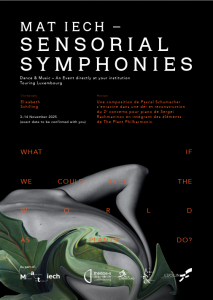
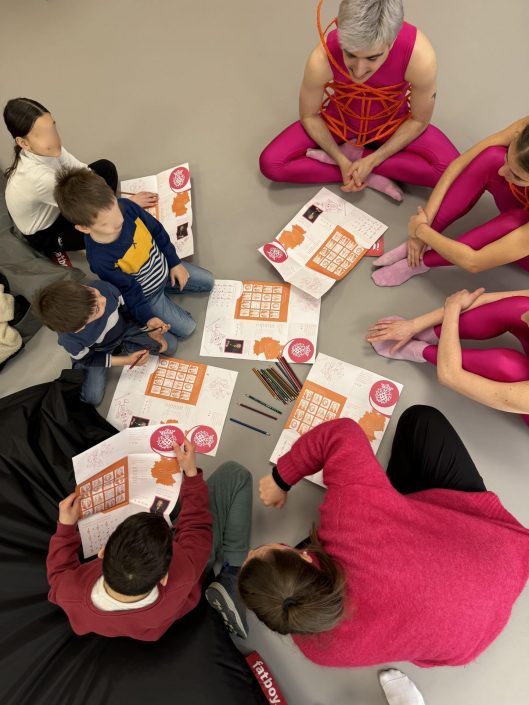
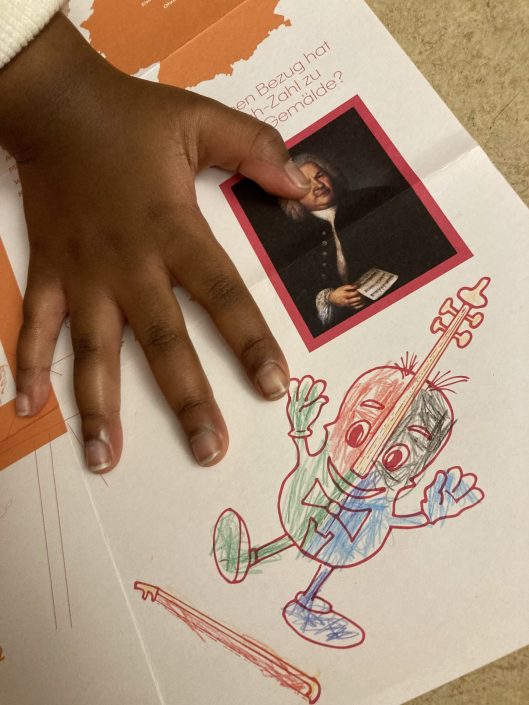
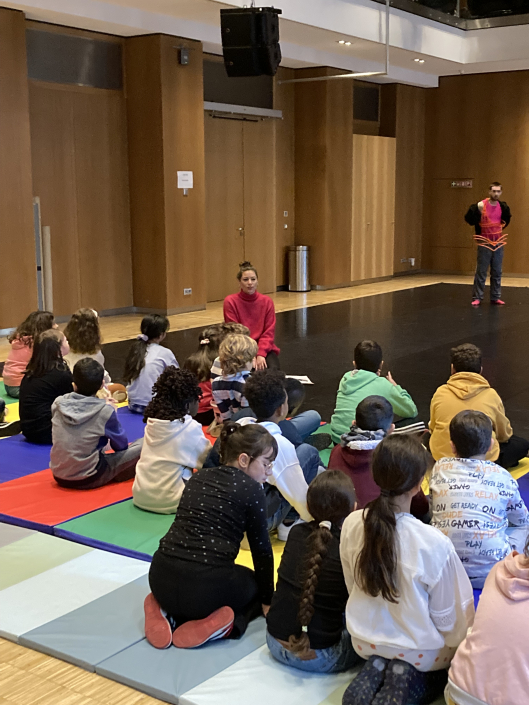
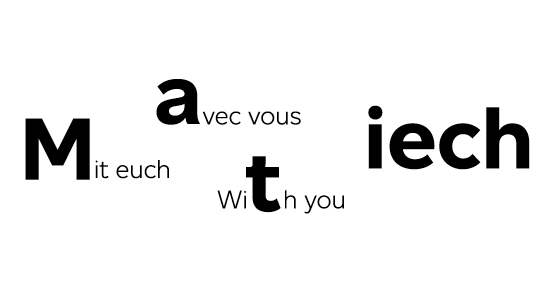

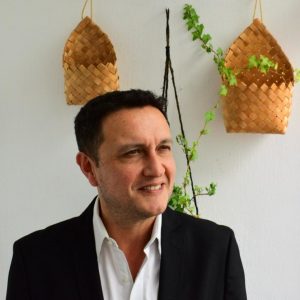









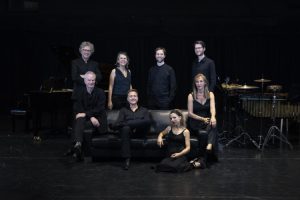
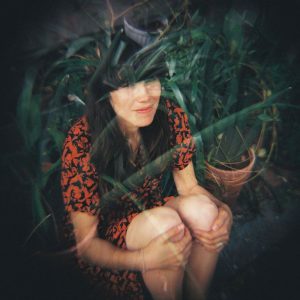


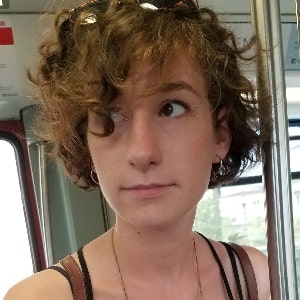
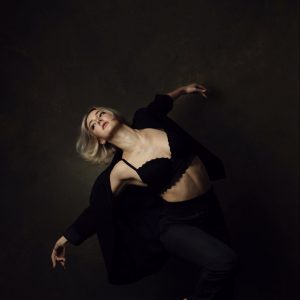
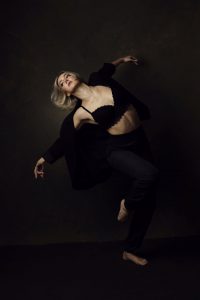

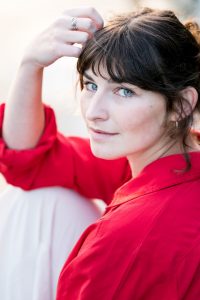
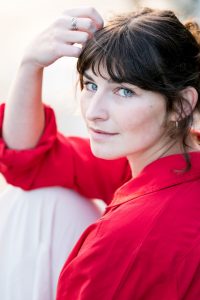
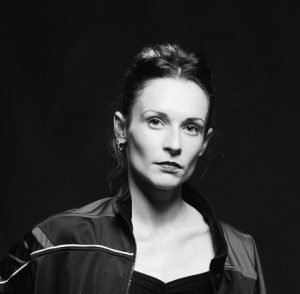 Lou begann im Alter von 5 Jahren in ihrer Heimatstadt zu tanzen. Im Jahr 2012 schloss sie sich dem Ballet Junior de Genève an, wo sie Werke von renommierten Choreografen wie Andonis Foniadakis oder Hofesh Schechter tanzte. 2016 schloss sie sich dem Kamea Dance Cie in Israel an, wo sie unter anderem Werke des Regisseurs Tamir Ginz, aber auch von Nacho Duato und Marco Goecke tanzte. Seit 2020 ist sie als Gasttänzerin am Grand Théâtre de Genève engagiert und arbeitet seitdem als freischaffende Tänzerin.
Lou begann im Alter von 5 Jahren in ihrer Heimatstadt zu tanzen. Im Jahr 2012 schloss sie sich dem Ballet Junior de Genève an, wo sie Werke von renommierten Choreografen wie Andonis Foniadakis oder Hofesh Schechter tanzte. 2016 schloss sie sich dem Kamea Dance Cie in Israel an, wo sie unter anderem Werke des Regisseurs Tamir Ginz, aber auch von Nacho Duato und Marco Goecke tanzte. Seit 2020 ist sie als Gasttänzerin am Grand Théâtre de Genève engagiert und arbeitet seitdem als freischaffende Tänzerin.



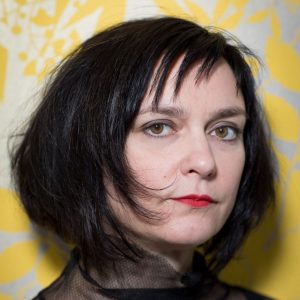

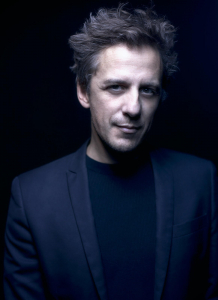
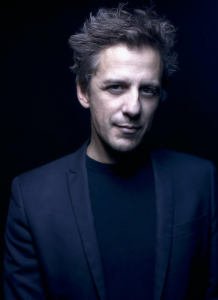
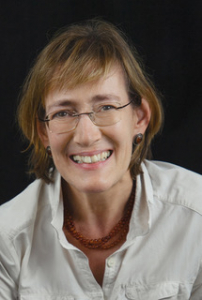
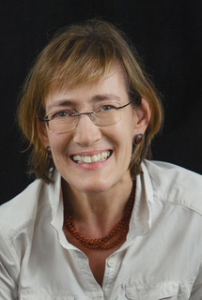
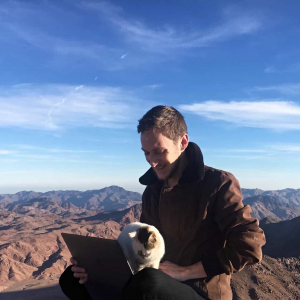

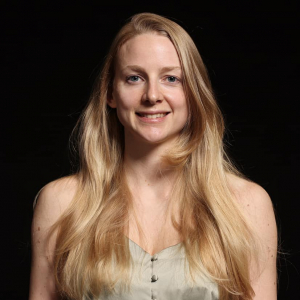
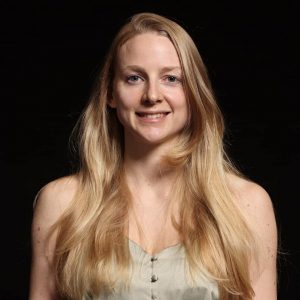

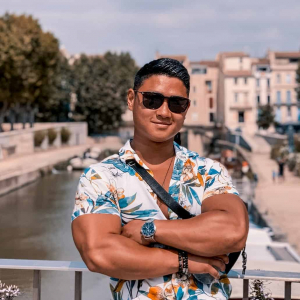
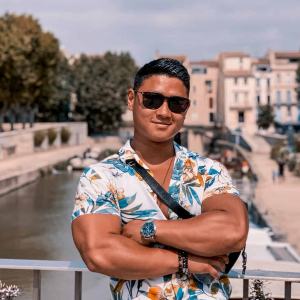
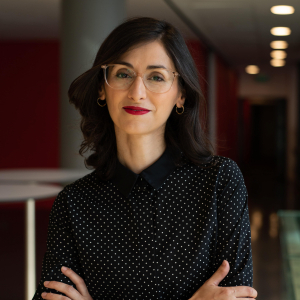
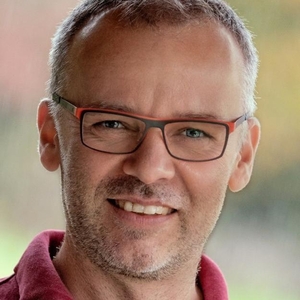
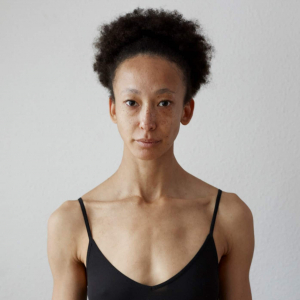
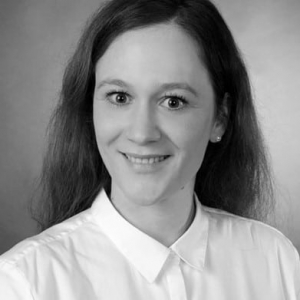
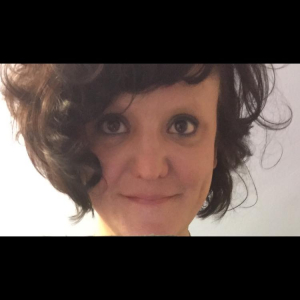
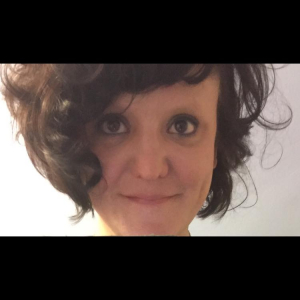
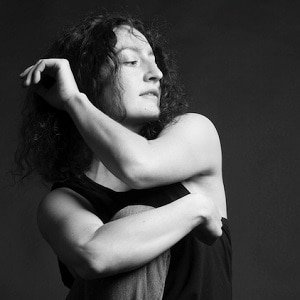

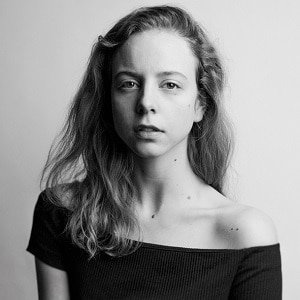
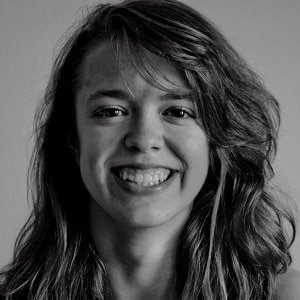
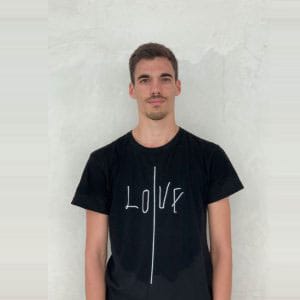
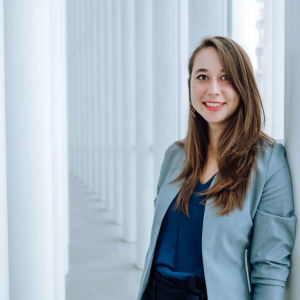


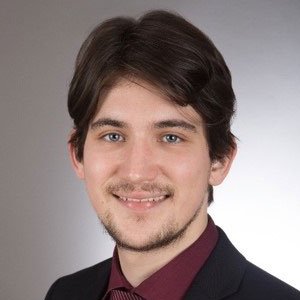

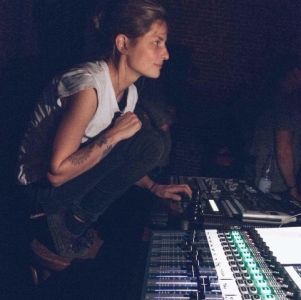
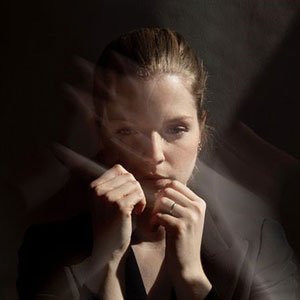
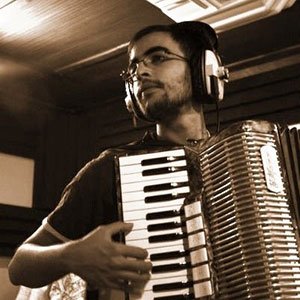

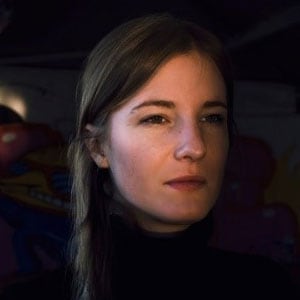
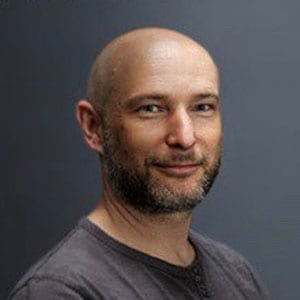
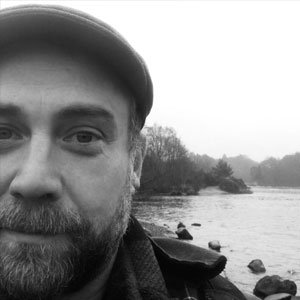
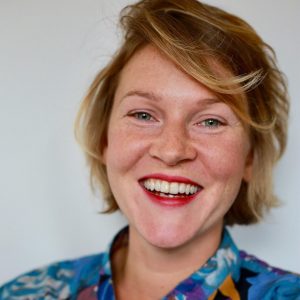
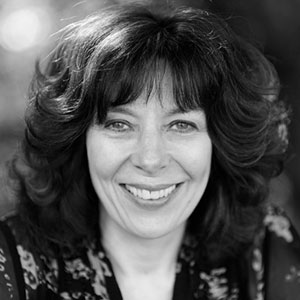
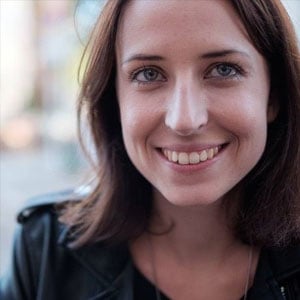
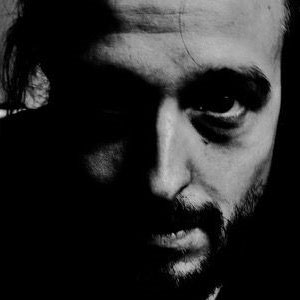
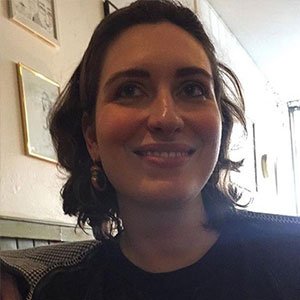
 Johanna Schmitt
Johanna Schmitt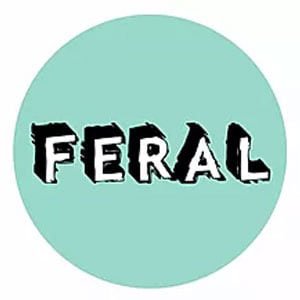
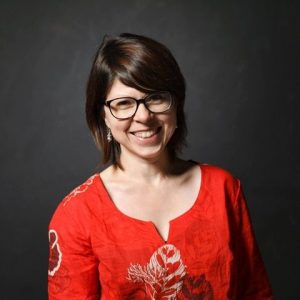

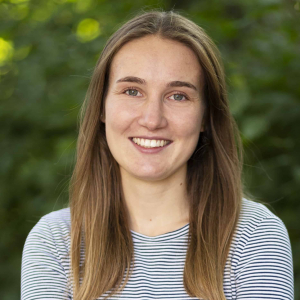 Johanna Schmitt
Johanna Schmitt